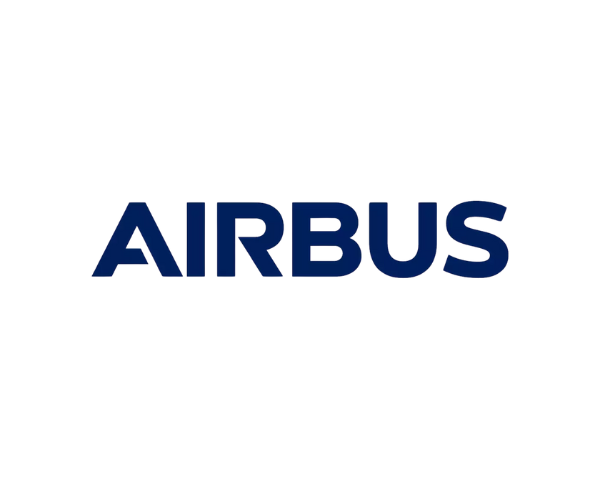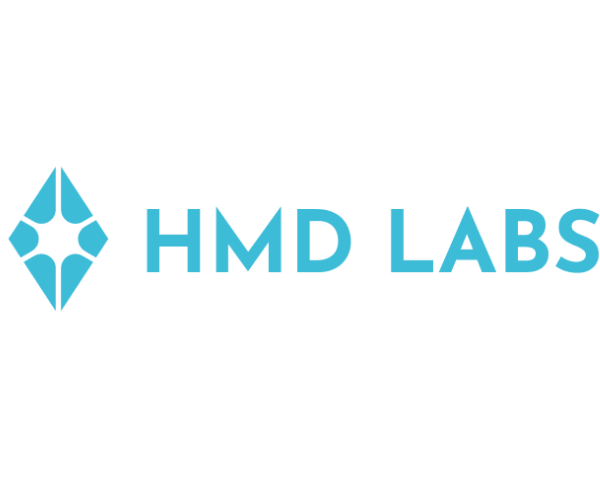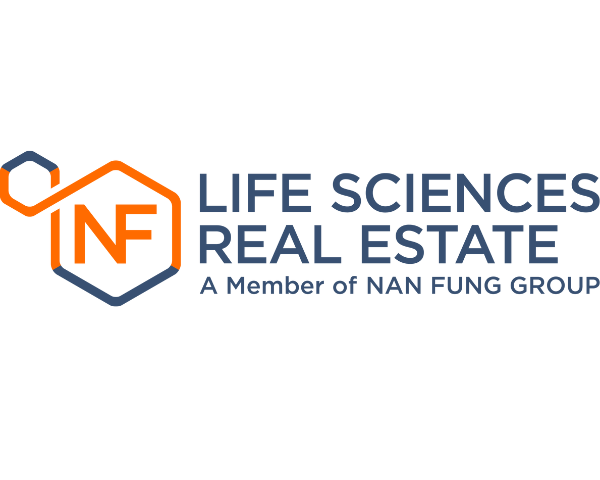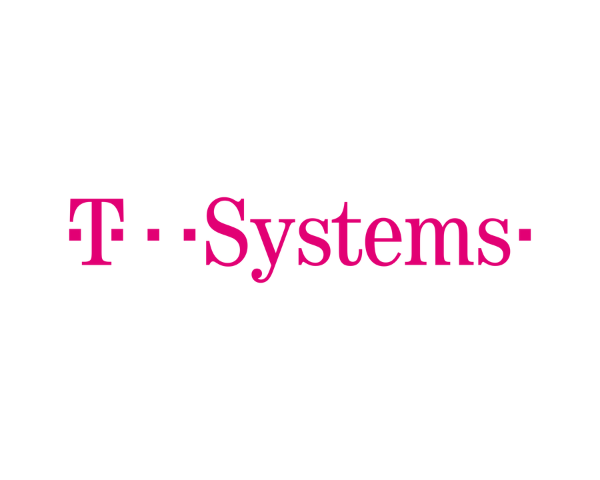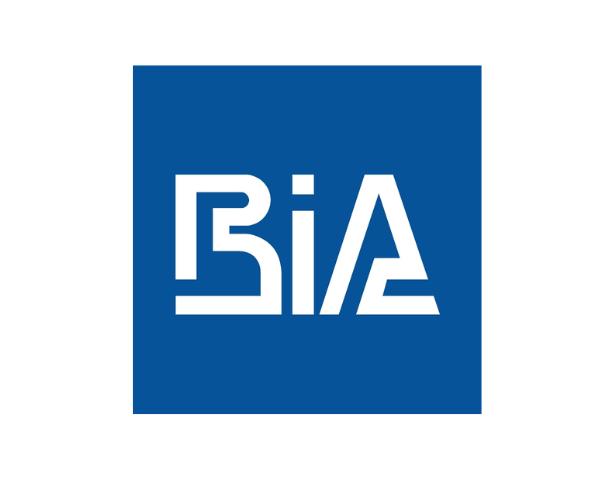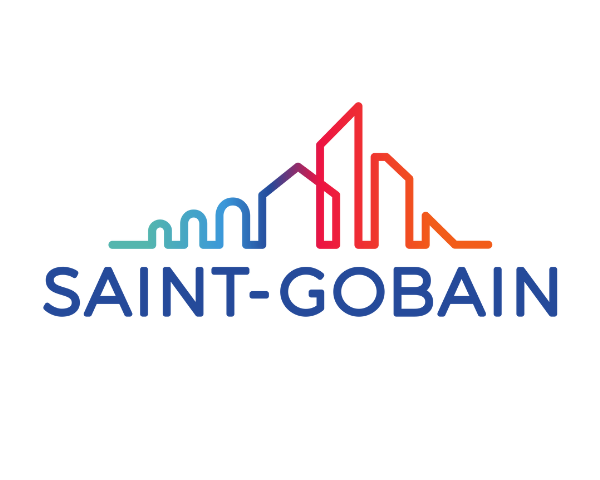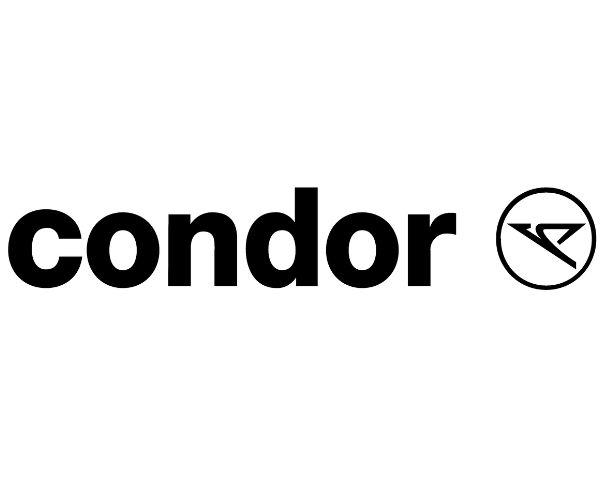- Business Process Management (BPM)Document Management System (DMS)Electronic Quality Management System (QMS)Risk, Governance & Compliance (GRC)Low Code Rapid Application Development (LC)Business Continuity Management (BCM)Enterprise Architecture (EA)Business Process Management (BPM)Document Management System (DMS)
- Document Control Overview
- AI Content Creation & Improvement
- Policy & Procedure Management (SOP)
- AI Content Mining Parser
- Collaboration & Governance
- Data Migration & Integration
- Interfacing Offline App
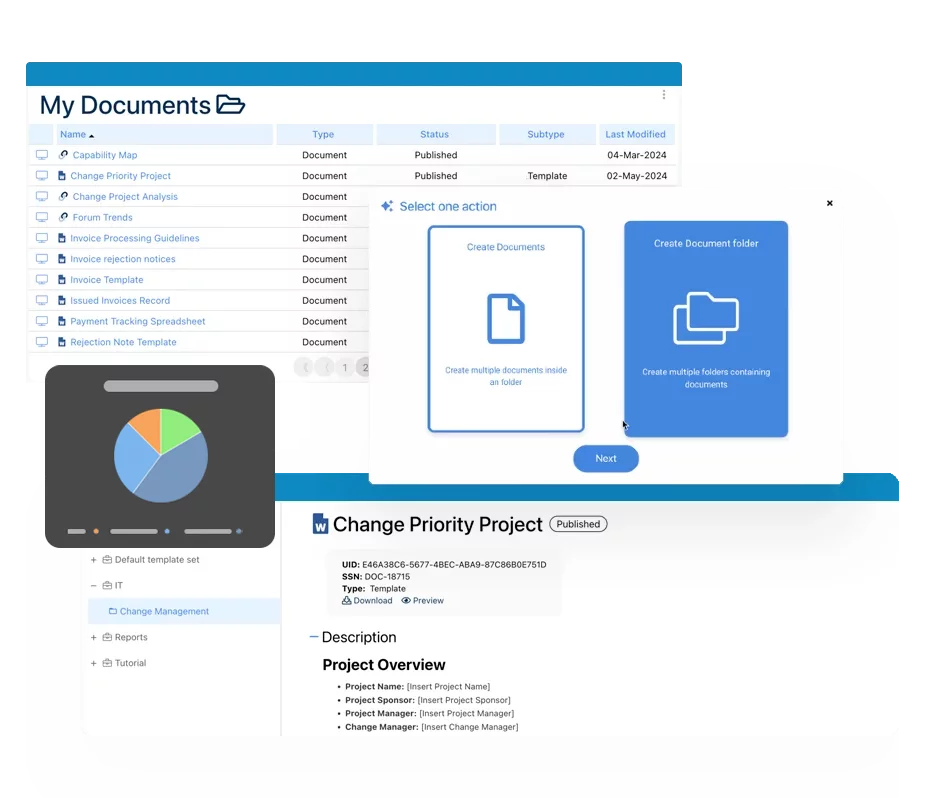 Electronic Quality Management System (QMS)
Electronic Quality Management System (QMS)- Quality Management System Overview
- Document Control & Records Management
- Audit & Accreditation Management
- Corrective & Preventative Action
- Quality Event (Non-conformity / Complaint/ Compliance)
- Risk Management
- Incident Management
- Environmental Health & Safety
- Product & Supplier Management (SCAR)
- Training Management
- Control Management
- Action Items Management
- Management Review
- FMEA
- Pharmacovigilance
- Data Migration & Integration
 Risk, Governance & Compliance (GRC)
Risk, Governance & Compliance (GRC)- Risk, Governance & Compliance Overview
- Risk & Control Management
- Regulatory Compliance
- Collaboration & Governance
- Data Migration & Integration
- Interfacing Offline App
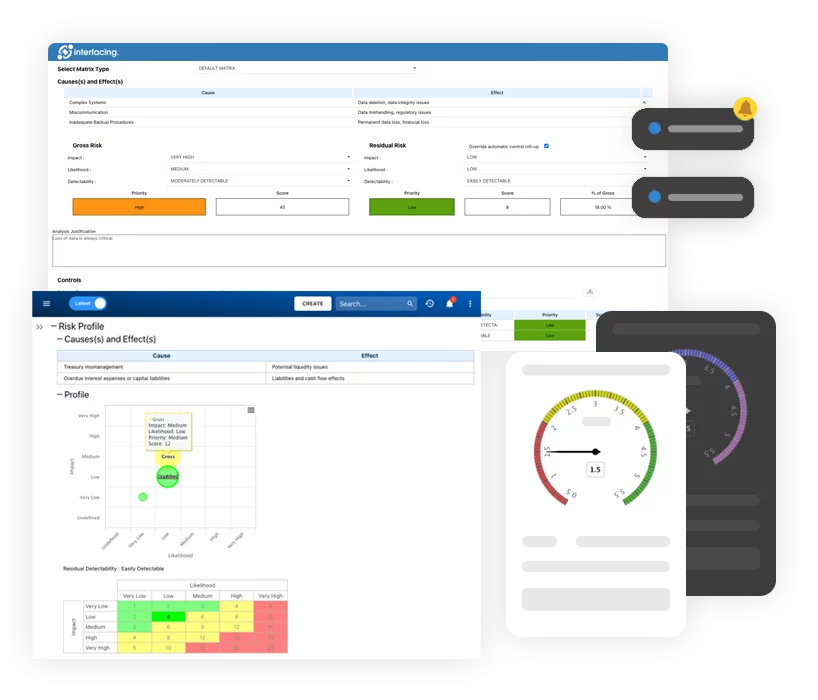 Low Code Rapid Application Development (LC)
Low Code Rapid Application Development (LC)- Low Code Automation Platform Overview
- Electronic Web Form Design (eFORMS)
- Database Table Entity Designer
- System Integration Designer
- Design & Manage Tasks
- Design & Manage BPMS Apps
- Custom Rules/Guards/Actions
- Electronic Services
- User Homepage
- BAM (Business Activity Monitoring)
- Custom Dashboard Design
- Data Migration & Integration
 Business Continuity Management (BCM)
Business Continuity Management (BCM)- Business Continuity Management Overview
- Business Impact Analysis
- Disaster Recovery Simulation
- Action Item Management
- Mass Notification Management
- Asset Management
- Interfacing Offline App
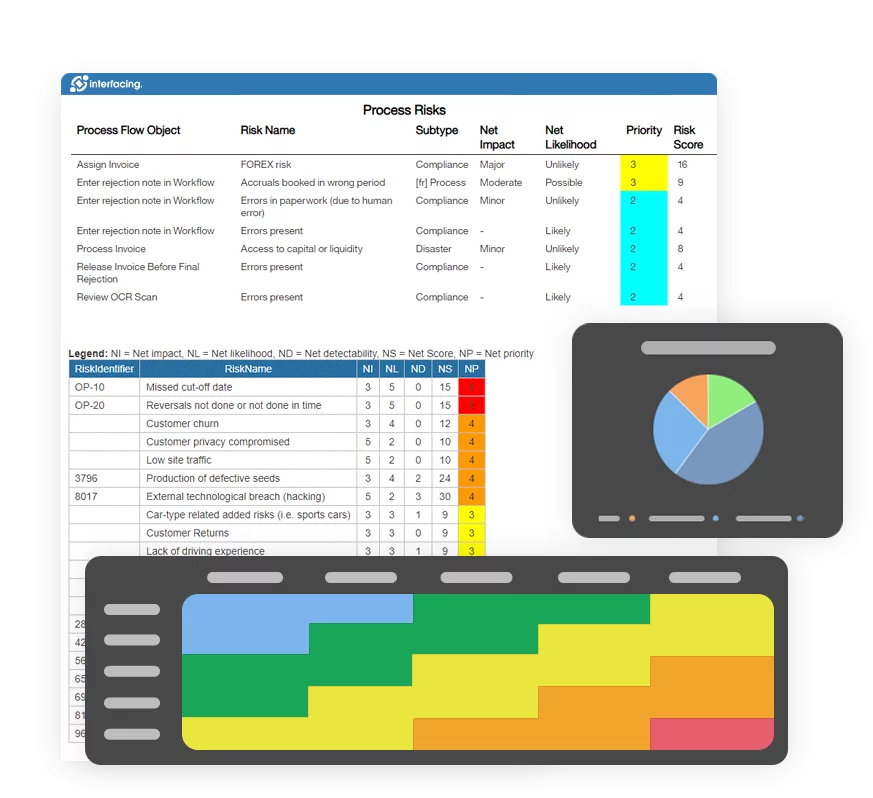 Enterprise Architecture (EA)
Enterprise Architecture (EA) - IndustriesRegulatory ComplianceUse CasesLearning CenterFramework & PracticesIndustries
- Healthcare
- Medical Device Technology
- Life Science, Pharmaceutical
- Aerospace & Defense
- Airlines and Aviation
- Media & Telecommunications
- Government and Military
- Technology
- Energy
- Logistics & Port Operations
- Banking & Capital Markets
- Retail & Consumer
- Consulting
- Education
- Engineering & Construction
- Manufacturing
- Financial Services
- Insurance
- Chemicals
Regulatory Compliance- Regulatory Compliance
- ISO
- ISO 9001 (guide)
- ISO 9001:2026 (preparation)
- ISO 17025
- ISO 27000
- ISO 27001
- ISO27002
- ISO 42001
- EU AI Act
- SOC 2 Type 1 & 2
- Sarbanes Oxley
- GxP
- GRC
- Basel
- Digital Signature
- GDPR
- IFRS
- NIST SP 800-53
 Use Cases
Use Cases- Quality Management System (QMS)
- Digital Transformation
- Continuous Improvement
- Governance, Risk & Compliance
- Knowledge Management
- System Deployment (ERP, CRM…)
 Learning CenterFramework & Practices
Learning CenterFramework & Practices - AboutCustomer SuccessPartners



à
Business Architecture:
What It Is & Developing Your Business Case
Please Select contact form.
Transforming Vision into Action with Business Architecture

It has proven itself to be invaluable to business over the past few years. Business Architecture (BA) has gained prominence as a game-changing discipline offering organizations the opportunity to address major challenges in new and unique ways.
First Things First – Business Architecture vs Enterprise Architecture
Enterprise Architecture and Business Architecture are complementary terms and sometimes were even used interchangeably. However, Business Architecture is a key (possibly the key) domain within Enterprise Architecture. Business Architecture provides the foundation or anchor point from which the remaining domains are linked and aligned.
Business Architecture provides an overall blueprint of the organization’s business, covering both the strategic and operational perspectives. Whereas Enterprise Architecture provides the overarching view of the of all the domains, including how the other domains align to the Business Architecture.
Let’s look at the definitions currently in widespread use. Recently, a number of related professional associations and industry standards organizations ratified new definitions for Enterprise Architecture, Business Architecture and related architecture disciplines. This collaboration agreed the following definitions:
Enterprise Architecture
Represents the holistic planning, analysis, design, and implementation for the development and execution of strategy by applying principles and practices to guide organizations through the integration and interoperation of all other architecture domains.
Business Architecture
Represents holistic, multidimensional business views of capabilities, end-to-end value delivery, information, and organizational structure; and the relationships among these business views and strategies, products, policies, initiatives, and stakeholders.
Components of Business Architecture
Business Architecture consists of components that help define the Business Architecture domain, which in turn helps deliver business-aligned technology governance to the other domains within Enterprise Architecture. These components document:
- Business Motivation (defined by Vision, Goals, Objectives, Mission, Strategies and Plans)
- Business Products and Services
- Business Organization Structure, Roles and Locations
- Business Stakeholders (e.g. Partners, Suppliers, Regulators and Customers)
- Business Capabilities and Processes
- Business Information Objects (high level objects: i.e. customer information, product information, customer sales)

Overview of Business Architecture
Simply put, we look at Business Architecture overall as the definitive blueprint of how an enterprise operates. This blueprint provides stakeholders with a common understanding within the organization of how departmental goals, objectives, strategies and tactics support and contribute to the overall organizational, objectives, strategies and plans. The blueprint also addresses the enterprise’s business processes, governance structure and business information. As a result, Business Architecture’s primary focus is on operational, motivational and analysis framework where all will be linked together via the enterprise.
In short, a Business Architecture will save resources and time. Let’s look at a few real-world scenarios: A government agency uses BA looking toward introducing a customer self-service vision that would be established as a new initiative. Eyeing a potential takeover, a pharmaceutical company will use BA to expedite the large-scale merger. Seeing this, an international airline follows the same process. A global finance company will introduce BA to align its enterprise operations to the organizations new business model. A large financial institution, facing an extremely complex post-merger portfolio uses BA to effectively streamline the merger process and identify areas of overlap.


The realization that Business Architecture is required
Somewhere between strategic imperatives and tactical demands, the framework of business architecture will surface. Whatever the strategic imperatives are or what the tactical demands require, it is important right from the start to frame them within the organizational context to understand how execution will play out. Let’s look at a few drivers of Business Architecture that may come to light:
- There is a noticeable lack of a holistic and unified understanding of the complexities and nuances of the initiative.
- There is an obvious gap or delta between the strategic objective and the execution of the initiative.
- The inability to shift quickly because of changing market dynamics and demands of the business.
- Obvious inefficiencies identified in operational processes.
- A noticeable cost curve spiraling out of control.
- A growing gap between IT and business teams.
- There is a misalignment within the budget between what the organizations strategic priorities demand and what the IT budgets can provide.
Depending on your organization, if you look close enough, you may find more drivers indicating a need for Business Architecture.

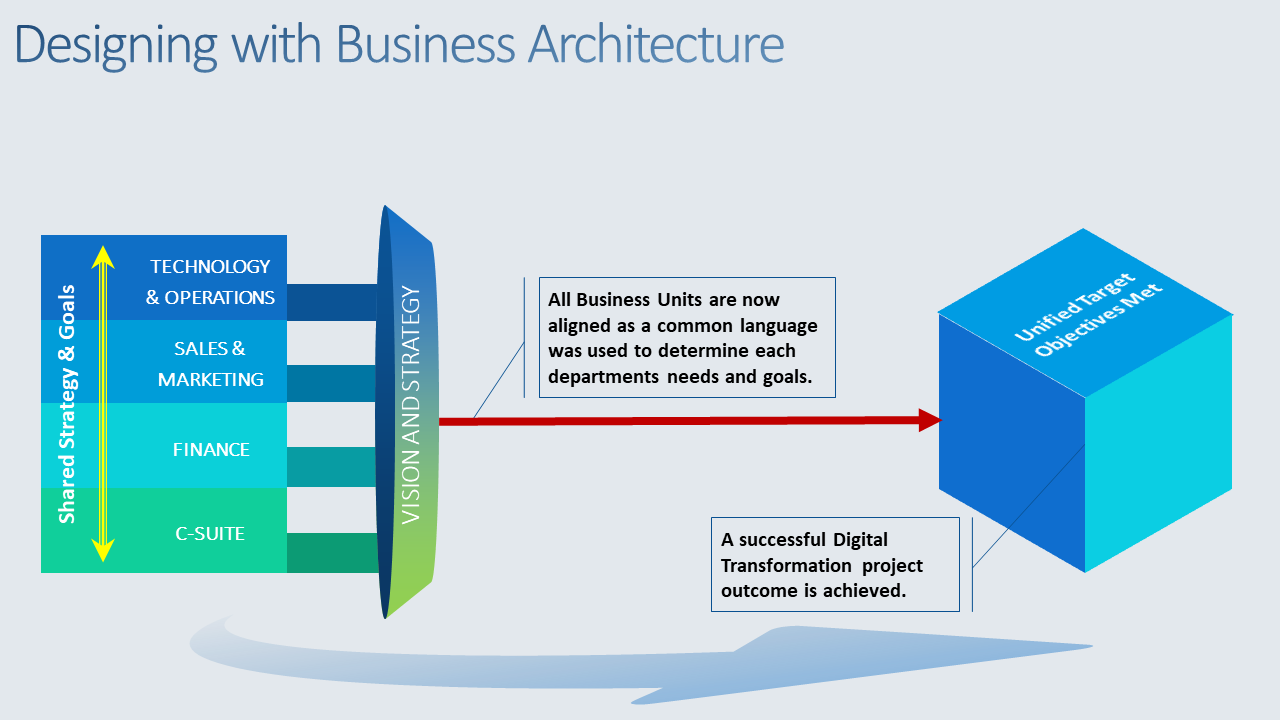
Value Proposition of a Business Architecture
You should now be familiar with some of the strategic imperatives and key drivers that support the need to adopt Business Architecture. It is at this stage that the need to establish a value proposition for why there is a requirement for Business Architecture that will be presented to major stakeholders. A compelling value proposition will be critical in securing the buy-in from senior leadership.
Let us examine a few tips to get the wheels in motion:
Linking execution with Strategy
- Define which strategy pillars will be supported by which capabilities.
- Identify and assign key performance indicators.
- These will need to be measured and monitored.
- Ensure alignment of funding to all core capabilities.
Simplify to a 360-degree view of the business enterprise
- Define a comprehensive and coherent view of business capabilities, data, processes, resources, and motivation.
- Ensure all can understand the connectiveness (and interconnectedness) to include any overlaps and synergies.
Developing a Common Language
- Ensure a common language is used for both actionable frameworks in business and IT.
- Communicate this across the organization, especially to areas where business and technical speak is lacking.
Ensures the breakdown of Business and IT silo’s
- The very nature of conceptualizing, building, and managing capabilities over the long term will pull the focus away from siloed developments looking for sideline budgets.
- Over time, strategic imperatives will work hand in hand with operational (including IT) tactics.
Making the Business Case to present Business Architecture to Senior Leadership
Knowing that you see value in the proposition is one thing. Delivering the value proposition both quantitatively and qualitatively is another that will require time to prepare. Working with your list of strategic imperatives and business/IT drivers related to Business Architecture is a great starting point. This is where you can begin to build your list of potential outcomes when using Business Architecture and how they will provide benefit to the enterprise over the short, medium, and long-term. These must be reflected both quantitatively and qualitatively.
It would be fair to say that selling this to senior leadership is in itself both an art and a science. Its not just about how long the list is or how relevant the issues and considerations are, more importantly, it is also in how you will tell the story of why and how in vivid and if needed, stark terms. Without going overboard with doom and gloom, the focus should remain substantive enough on the positives to frame the picture in a better light.
Frameworks in Business Architecture Does Matter
Discussing and deciding frameworks can get a bit contentious between those who remain purists and those who will use the best of a few to build out their Business Architecture. The best suggestion we could offer is to discuss with our professionals exactly which framework or best-of-breed solutions would work for your proposal. MODAF, Zachman, PEAF, TOGAF, DODAF are some frameworks in enterprise architecture that could be considered. True to the fact that we are a bit biased, we do have software capable of managing your Business Architecture using our Enterprise Process Center (EPC) platform.
Business Architecture Components
So far so good. You’ve made significant impact to date. You have made your business case, secured funding, and now must create your Business Architecture. At this point, take a minute out to identify what components you will want included in your Business Architecture. The range of elements, entities and components are significantly varied depending who you ask. What is critical right now is to identify the Minimum Viable Product (MVP) or Minimum Viable Project and move forward incrementally here on. For instance, at Interfacing, the below are just a few examples of Business Architecture components used: (more info here)
- Strategy Clarification – understanding the “why”
- Business Capability Modeling – capturing in a hierarchy of processes, what a company’s core business blocks are
- Structure – understanding an organizations basic structure focusing on roles, location mapping, identifying channels and other information needed to address the downstream architecture.
- Data – capturing the business data assets, flow and functionality of all data used.
Defining a Business Capability – Model or Cap
A business capability is simply the “what” a business does at its basic functional level. When we take a group of capabilities and organize them accordingly, we have just created a capability map, which is a holistic view constituting what an enterprise does. Keep in mind this is not a process or value stream map. While both of those are critical to the process of the business, they are not business capabilities or a business capability model. However, they will need to be aligned and linked to the business capabilities
It is not a small task to build a business capability model but be sure not to spend countless hours on it either.
Final Thoughts
Business Architecture is an evolving discipline. It will always involve training the art, science and business practice’s to Business Architects and stakeholders alike.
Interfacing’s consultant professionals are on hand to guide your teams on Business Architecture Service and decision making planning.


Why Choose Interfacing?
With over two decades of AI, Quality, Process, and Compliance software expertise, Interfacing continues to be a leader in the industry. To-date, it has served over 500+ world-class enterprises and management consulting firms from all industries and sectors. We continue to provide digital, cloud & AI solutions that enable organizations to enhance, control and streamline their processes while easing the burden of regulatory compliance and quality management programs.
To explore further or discuss how Interfacing can assist your organization, please complete the form below.

Documentation: Driving Transformation, Governance and Control
• Gain real-time, comprehensive insights into your operations.
• Improve governance, efficiency, and compliance.
• Ensure seamless alignment with regulatory standards.

eQMS: Automating Quality & Compliance Workflows & Reporting
• Simplify quality management with automated workflows and monitoring.
• Streamline CAPA, supplier audits, training and related workflows.
• Turn documentation into actionable insights for Quality 4.0

Low-Code Rapid Application Development: Accelerating Digital Transformation
• Build custom, scalable applications swiftly
• Reducing development time and cost
• Adapt faster and stay agile in the face of
evolving customer and business needs.
AI to Transform your Business!
The AI-powered tools are designed to streamline operations, enhance compliance, and drive sustainable growth. Check out how AI can:
• Respond to employee inquiries
• Transform videos into processes
• Assess regulatory impact & process improvements
• Generate forms, processes, risks, regulations, KPIs & more
• Parse regulatory standards into requirements

Request Free Demo
Document, analyze, improve, digitize and monitor your business processes, risks, regulatory requirements and performance indicators within Interfacing’s Digital Twin integrated management system the Enterprise Process Center®!
Trusted by Customers Worldwide!
More than 400+ world-class enterprises and management consulting firms




















